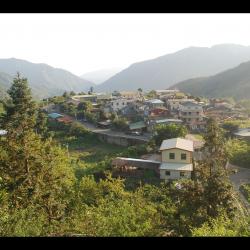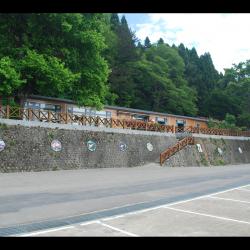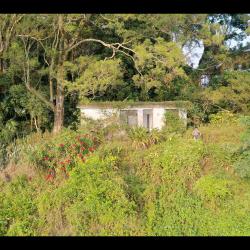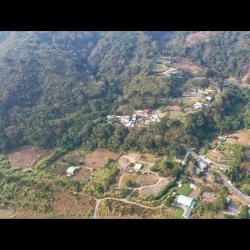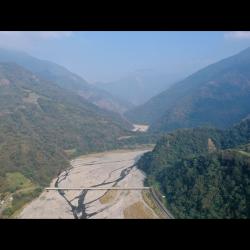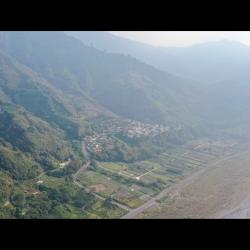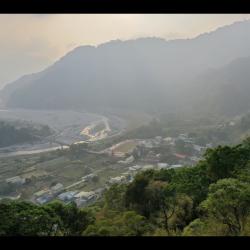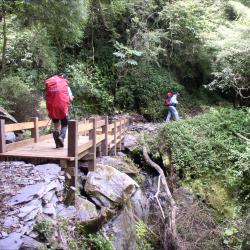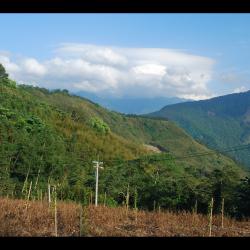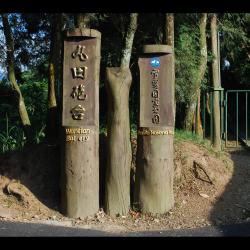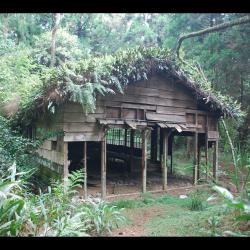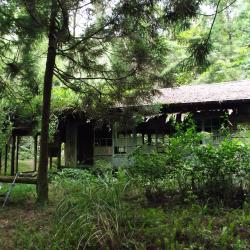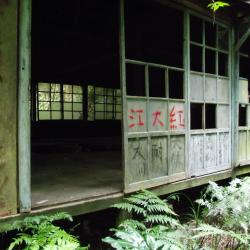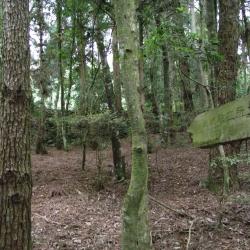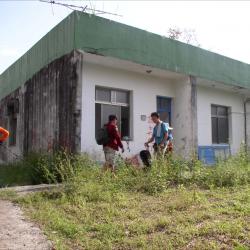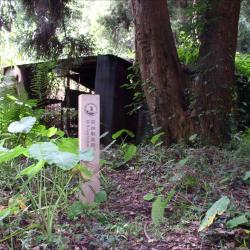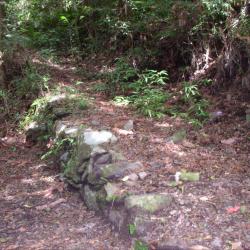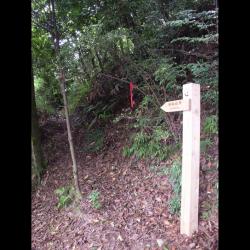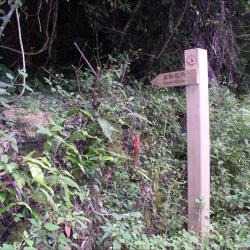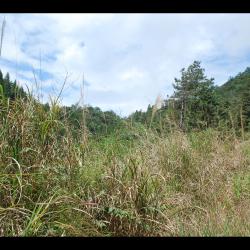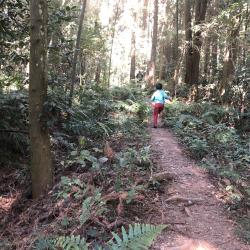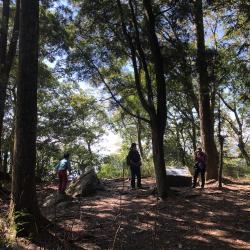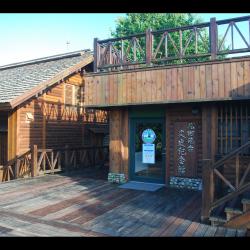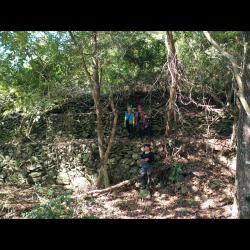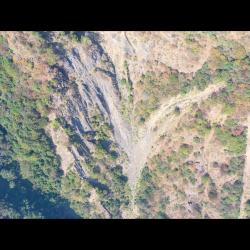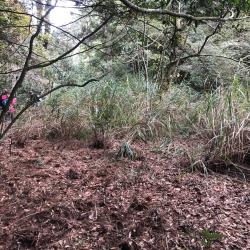The Beikeng Creek Historic Trail, which runs through Wufeng Township in Hsinchu County and Tai'an Township in Miaoli County, was built in 1923. It starts from Tiancuntai in the north and reaches Erbensong in the south. It is about 74 km in length and is one of the six indigenous historic trails that run from north to south.
One section of this trail connects to the southern section of the Syakaro Historic Trail, forming a network of passages for monitoring indigenous peoples. To this day, most sections of the Beikeng Creek Historic Trail are inside the Shei-Pa National Park. Although there are still traces of several police posts left from the Japanese occupation, some sections of the trail have been abandoned or collapsed, which is not suitable for hiking.
- - / -
- - - -
- -
- -/-
- -

